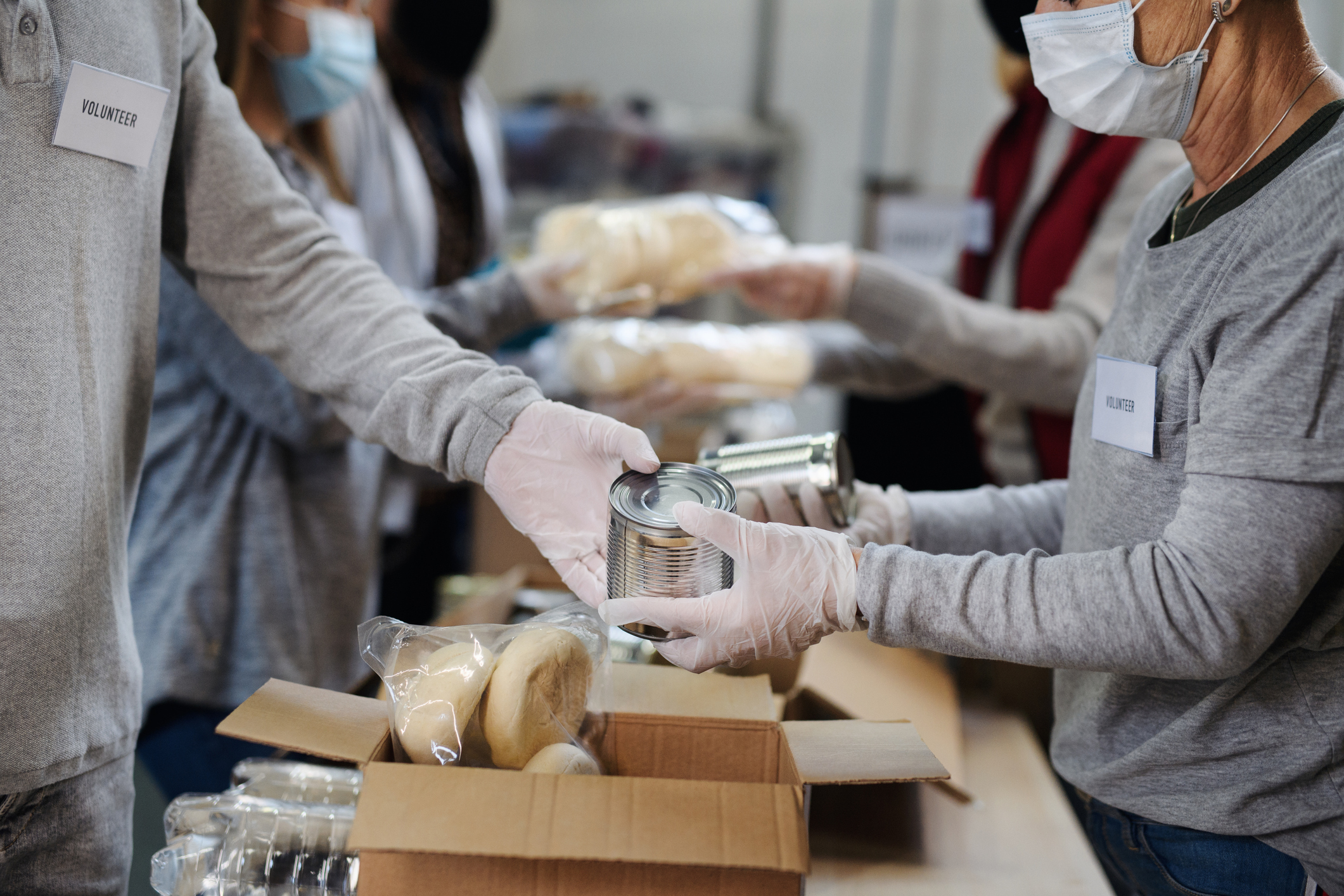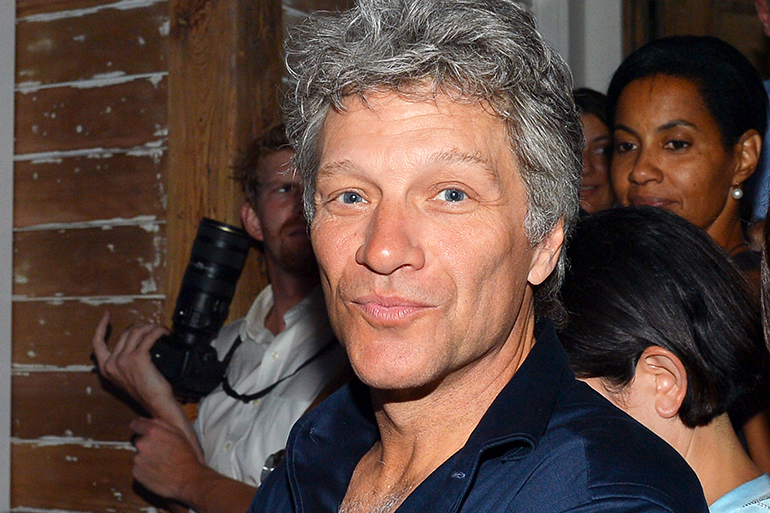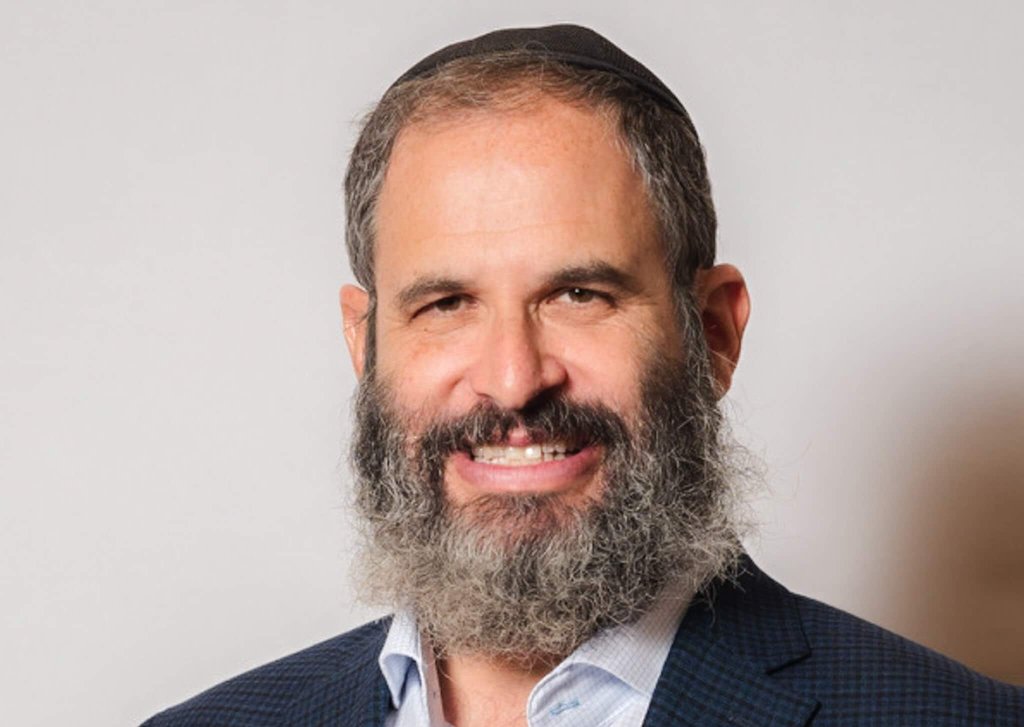Hunger in Paradise: Food Banks Battle East End Food Insecurity as Pandemic Programs Sunset

Besides sprawling mansions and beautiful beaches, the East End is also known for its many restaurants and wineries. Suffolk County with its farms and vineyards is an agricultural powerhouse. But the region’s food banks also say that hunger, or at least food insecurity, is becoming a bigger problem.
As the COVID-19 pandemic wanes, amid sunsetting emergency programs and rising inflation, hunger increasingly is at home across the Hamptons and the North Fork, experts say.
“Demand is up,” Kristine Lehn, Long Island Cares’ vice president for Network Relations, says. “A lot of work on the East End is not high wage earning.”
Island Harvest CEO Randi Shubin Dresner sees hunger as a growing problem, if not a new pandemic, in the east.
“We’ve had a dramatic increase in need on the East End,” she says.
Statistics reinforce the idea that hunger is on the rise in a region known more for opulence than for poverty. The number of people Long Island Cares served in its Hampton Bays pantry, largely funded by Bank of America, rose 44 percent from 2021 to 2022 to nearly 7,000, while meals nearly doubled to just under 90,000.
Year to date as of May, they had served nearly 6,000 individuals and nearly 51,000 meals at the Hampton Bays site — and that’s in addition to the meals through agents with which they partner.
Island Harvest said as of September of 2021, their network of 15 agencies served 11,000 people per month. By May of 2023, that more than doubled to 23,000. Emergency SNAP ended in March and SNAP levels dropped to 2019, causing hunger to hit home.
“That’s a dramatic change. Some people were getting $20 or $50 a month who got $250 a month through this emergency program,” Shubin Dresner says. “I don’t have a problem with the fact that it sunsetted. Our issue was it went back to 2019 levels, which were inadequate. Suddenly, people dropped off a cliff.”
SUPERMARKET SHORTAGE
Food insecurity, or the inability for individuals to access sufficient nutritious foods, to eat properly and healthy, is the term Lehn uses.
“There are multiple reasons for food insecurity on Long Island,” Lehn adds. “In some of the poorer communities, you have what used to be called food deserts. They don’t have access to a large supermarket.”
While there is a Stop & Shop, ShopRite, Lidl and Aldi in Riverhead, there are few supermarkets in large swathes of the East End. A King Kullen sits in Cutchogue. Gourmet markets such as Citarella and small stores such as the Red Horse Market in East Hampton don’t provide the same selection and value as large supermarkets.
“People have limited resources. Prices have gone up tremendously,” Lehn says. “That has a major impact on people’s needs and our buying power. We’re paying more for each case of the product as well.”
WORKING WORRIES
Unemployment has dropped in the East and just about everywhere, but that hasn’t solved the problem. Most people tapping pantries are working.
“The majority of people that Long Island Cares work with, when we talk about the food insecure are the working poor,” Lehn says. “Many households work two or three jobs. They still can’t afford the basics in life.”
She says people working in the hospitality industry, in restaurants, farms and fishing boats may struggle.
“We’re trying to help level the playing field a little bit,” Lehn adds. “We feel if we can help someone have access to nutritious foods, they can use the resources they have to pay their electric bill or visit that doctor before health issues become more serious.”
Shubin Dresner says many people don’t earn enough to live on the East End.
“People working two and three jobs are not making enough money. Some are unemployed,” she says. “Many people are one flat tire away from disaster.”
Expensive housing puts additional pressure on people’s ability to buy things on the North and South Forks.
“You know how expensive housing is,” Lehn continues. “That adds a tremendous amount.”
Even gas often costs more on the East End than elsewhere, says Shubin Dresner.
“Those are driving more need, certainly on the East End, and everywhere on Long Island,” Shubin Dresner says of higher food and fuel costs.
Seasonal work also leads to more unemployment during colder months, sharpening the problem.
“A lot of work is centered around the summer season, so it’s a seasonal work environment,” according to Lehn. “A lot of individuals might have jobs during the spring, summer and fall. During the winter, they can’t find gainful employment.”
FEEDING THE NEED
If food banks are distributing more food, part of that may be that they are doing a better job.
Long Island Cares, which supplies 23 East End pantries, helps 11 pantries in the Riverhead area and 12 elsewhere, including a Long Island Cares satellite facility in Hampton Bays.
“The majority of the pantries are staffed by volunteers,” Lehn says. “They work very hard.”
They supply pantries run by churches, community sponsored groups and others such as Community Action Southold, in Greenport; Heart of the Hamptons; Southampton pantry; Springs community pantry and the Harbor church.
Long Island Cares President and CEO Paule Pachter says they “recently embarked on a collaborative effort with the Shinnecock Nation.”
They also operate a mobile program, delivering to the elderly and veterans.
“We operate 21 direct service programs from educational to feeding to senior nutrition and mobile home deliveries,” says Dr. Jessica Rosati, Long Island Cares vice president of programs. “All of our programs operate throughout Long Island.”
Client choice, in which individuals select food based on what’s available, is preferable. But once the pandemic hit, groups often began prepacking amid fewer volunteers and fears of catching COVID.
“We’re starting to go back to client choice. That’s making life better for the individuals,” Lehn says. “Nobody wants to get packages of food they won’t enjoy eating. Client choice also helps eliminate food waste.”
Long Island Cares also tries to make sure individuals with pets can get pet food.
“We make pet food available to our food pantries,” Lehn continues. “There’s nothing more heartbreaking to an individual than having to give up a pet that they can’t afford to feed.”
SWEET SUCCESS
Long Island Cares obtains food from multiple sources, including help as a member of Feeding America. It also picks up donations from manufacturers, processors, stores and corporations and through food drives.
As part of Feeding New York State, Long Island Cares has a contract with the New York State Department of Health’s hunger prevention and nutrition assistance program. And it works with the federal government’s emergency food assistance program through New York State’s Office of general services.
In addition to its standard sources of funding, Island Harvest obtained about $40,000 in special grants to help groups feeding the East End. They provided money to Headstart North Fork for a commercial refrigerator freezer combo; helped the Heart of the Hamptons buy two more refrigerators and print more brochures; helped the Children’s Museum of the East End buy storage containers, chairs, carpeting, a refrigerator and freezer.
“This allowed them to create a new and organized private pantry space for clients to feel safe and dignified,” Shubin Dresner says.
CAST (Community Action of Southold Town Inc.) used funding for food storage, food, support personnel, signage, supplies and equipment.
Long Island Cares schedules deliveries on the East End twice a month and allows agencies to pick up food from their locations. And Island Harvest takes food to its partners, who also can pick it up.
While most food distributed is healthy, food banks also provide some snacks and sweets as well as healthier sustenance.
“You know what?” Lehn says. “Everyone needs a cookie now and then.”

Bon Jovi Provides More Than Music to East Enders
Jon Bon Jovi may be famous for the song “Livin’ on a Prayer.” But he not only knows people need more than prayers to live, he helped feed thousands on the East End.
During the pandemic, Jon Bon Jovi and his wife Dorothea Hurley, who have a house on East End., learned the need for food in the region went up dramatically.
“They reached out to us after being referred to us,” Island Harvest CEO and President Randi Shubin Dresner says.
The nonprofit helped them set up a program to distribute food on the East End, assisting select a site, hiring staff and loaning a staff person and a van driver.
“We helped them set up systems and processes and got them referrals to food sources and sourced food to them,” Shubin Dresner says.
The site distributed about 450,000 pounds of food during the pandemic in an effort they funded.
“That came out of their own pockets,” Shubin Dresner adds. “They paid for that, set up the whole thing. It was fairly impressive and dramatic.”
Island Harvest later secured a grant to continue that work and increase help, even after the Bon Jovi program sunsetted.
-Claude Solnik



